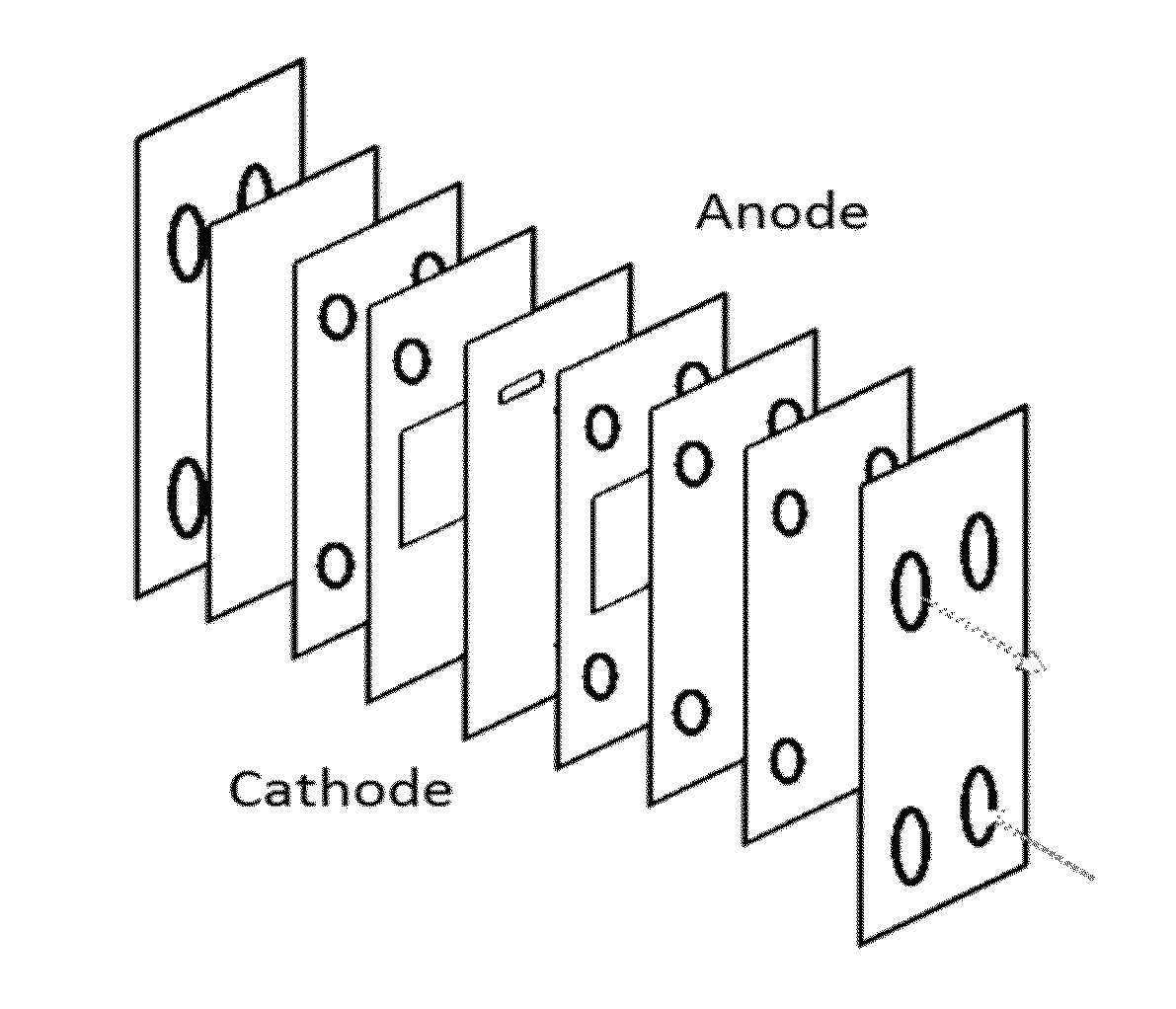Synthesis of fluorinated radiopharmaceuticals via electrochemical fluorination
a radiopharmaceutical and electrochemical technology, applied in the field of fluorination of aromatic compounds, can solve problems such as difficult to efficiently radiolabel, and achieve the effect of reducing steric hindrance and improving yield
- Summary
- Abstract
- Description
- Claims
- Application Information
AI Technical Summary
Benefits of technology
Problems solved by technology
Method used
Image
Examples
example 1
Theoretical Studies
[0148]All Density Functional Theory (DFT) calculations were carried out with the Jaguar 7.6 program package by Schrodinger LLC. For geometry optimizations, solvation energy, and frequency calculations, Becke's three-parameter hybrid functional and the LYP correlation functional (B3LYP)(Becke, 1993; Lee et al., 1988) was used with the 6-311G**++basis set. Frequency calculations were performed on the optimized geometries to verify that the geometries correspond to minima on the potential energy surface (PES). The Gibbs free energies were defined as the following equation G=E (B3LYP / 6-311G**++)+Gsolv+ZPE+H298 −TS298. The solvation model applied (in acetonitrile) was the Poisson -Bolzmann reactive field implemented in Jaguar 7.6 (PBF).(Marten et al., 1996) All potential values were given vs. NHE (normal hydrogen electrode).
example 2
Chemicals
[0149]HPLC grade acetonitrile (MeCN) and anhydrous phorsphorus pentaoxide (P2O5) were purchased from Fisher Scientific and distilled over CaH2 to prepare the anhydrous solvent. Triethylamine trihydrofluoride (Et3N·3HF), tetrabutylammonium perchlorate (NBu4ClO4) and tetrabutylammonium hexafluorophosphate (NBu4PF6) were ordered from Sigma-Aldrich and used as received. To conduct radiofluorination of catechol, Boc protection was used to protect the hydroxyl function on the aromatic ring. 4-tert-butyl-1,2-catechol (3.0 g, 0.018 mol) was dissolved in 20 mL of anhydrous dichloromethane. The solution was cooled down in an ice bath. Triethylamine (21.8 g, 0.216 mol) was added drop wise to the cooled solution. After completion of the addition, di-tert-butyl dicarbonate (15.4 ml, 0.072 mol) was added drop wise to the resulting solution. The reaction mixture was then stirred at room temperature overnight. The reaction was quenched with 100 mL of water. The aqueous layer was extracted ...
example 3
Electrochemical Experiments
[0153]Electrochemical radiofluorination was conducted in a three-electrode system under a constant-potential mode controlled by an Autolab128 potentiostat-galvanostat (Metrohm USA). All electrochemical experiments were conducted in a cylindroid glass beaker cell with a total volume of 20 mL. During the experiments 6 mL of electrolyte was loaded. Two Pt mesh electrodes were used as the working (5.23 cm2) and the counter (6.65 cm2) electrodes. A leakless Ag / AgCl electrode (EDAQ Inc, USA) was used as the reference electrode.
[0154]The undivided cell was combined with a [18F]fluoride ion delivery line. [18F]fluoride was originally generated in 0.5 mL of [18O]water from the cyclotron. The radioactivity was trapped on a MP-1® anion exchange resin by passing the above solution through. Majority of the water on the resin was removed by washing with 10 mL of anhydrous MeCN and drying with ultrapure Ar for 5 min. Then [18F]fluoride was eluted out from the column with...
PUM
| Property | Measurement | Unit |
|---|---|---|
| electrical potentials | aaaaa | aaaaa |
| electrical potential | aaaaa | aaaaa |
| electrical potential | aaaaa | aaaaa |
Abstract
Description
Claims
Application Information
 Login to View More
Login to View More - R&D
- Intellectual Property
- Life Sciences
- Materials
- Tech Scout
- Unparalleled Data Quality
- Higher Quality Content
- 60% Fewer Hallucinations
Browse by: Latest US Patents, China's latest patents, Technical Efficacy Thesaurus, Application Domain, Technology Topic, Popular Technical Reports.
© 2025 PatSnap. All rights reserved.Legal|Privacy policy|Modern Slavery Act Transparency Statement|Sitemap|About US| Contact US: help@patsnap.com



